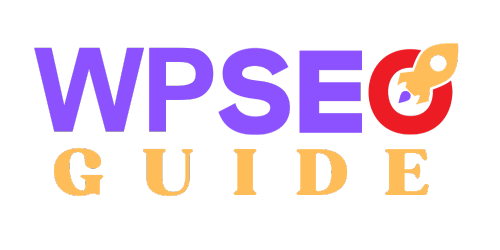Introduction to Internal Linking for WordPress SEO
Internal linking is an essential strategy in SEO that involves connecting one page of your website to another. By thoughtfully placing links throughout your content, you help search engines like Google understand the structure of your site, distribute page authority, and improve user experience. But how do you get it right, especially when using a platform like WordPress?
Why Internal Linking Matters
The primary goal of internal linking is to create a network within your website that helps users and search engines find related content. Search engines use these links to crawl your site efficiently, while users benefit from easy navigation. This can lead to increased time spent on your site and improved rankings. Tools like Google Search Console can help you monitor and optimize your internal linking strategy.
Best Practices for Internal Linking in WordPress
- Use Descriptive Anchor Text:
Anchor text is the clickable text in a hyperlink. It should be relevant to the content of the linked page. For example, instead of using generic terms like “click here,” opt for descriptive phrases like “Learn how to improve your WordPress SEO”. - Link to Relevant Content:
Internal linking is only effective if it connects to related content. Ensure that the pages you link to are relevant to the context of the current page. WordPress makes this easy with its intuitive linking tool, allowing you to search for and select the most appropriate content directly from your site. - Avoid Over-Linking:
Too many links can confuse both search engines and users. Be strategic with your internal links, focusing on quality rather than quantity. Tools like Screaming Frog can help you audit your website and identify any areas where over-linking might be an issue. - Link to Cornerstone Content:
Your cornerstone content is the most important content on your site. These are typically comprehensive guides or articles that cover significant topics in your niche. By linking to these pages frequently, you signal to search engines that they are vital parts of your website. Check out this guide on writing cornerstone content in WordPress.
WordPress Plugins to Enhance Internal Linking
Using WordPress, you can take advantage of plugins designed specifically for SEO. Tools like Rank Math and SEOPress offer features that automatically suggest internal links as you write, helping you create a more robust internal linking structure with minimal effort.
Final Thoughts
Internal linking is more than just a way to keep users on your site; it’s a powerful tool to improve your SEO. By following these best practices, especially within the WordPress ecosystem, you can ensure that your content is easily navigable, search engines can crawl it efficiently, and you’re maximizing your site’s SEO potential.






[…] We suggest to Check out our article : Boost Your SEO with Effective Internal Linking: A Complete Guide […]